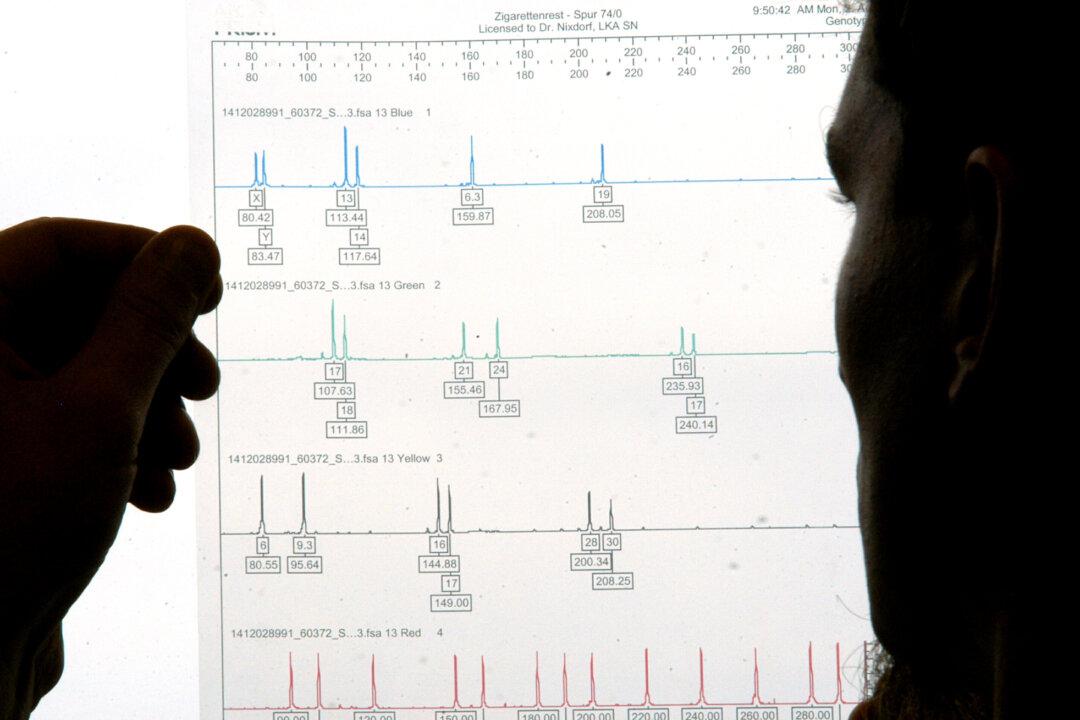On TV dramas like “CSI: Crime Scene Investigation,” the tiniest shreds of DNA are like magic keys, unlocking the identities of criminals with the speed of a supercomputer and the authority of science. In reality, DNA forensics isn’t nearly so exact, especially when the genetic material at a crime scene comes from more than one person.
Analyzing these DNA mixtures isn’t about achieving certainty. It’s about partial matches, probabilities, big-time math, and a healthy dose of judgment calls by forensic scientists.
“There are no national guidelines or standards saying that labs have to meet some critical threshold of a match statistic,” to conclude that a suspect might have been at a crime scene, says Catherine Grgicak, assistant professor of biomedical forensic sciences at Boston University.
